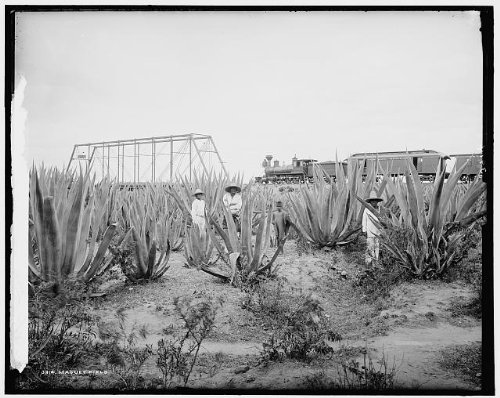Like the wines of Burgundy or Chardonnay, the word Tequila is largely derived from the place of its origin in the Jaliscan highlands of central Mexico. Tequila is a town, a municipality, a valley, and a prominent mountain overlooking its collateral toponyms. It is also a species of agaves (tequilana) that are commonly used to brew the intoxicating tequila beverage.
Celebrated nature writer and plant preservationist Gary Paul Nabham collaborated with botanist and agave specialist Ana Valenzuela Zapata on this personal and very readable survey of tequila history, lore and cultivation.
The chapters of this book include descriptions of agave farming traditions ("Tillers and Tale-Tellers"), the natural history of the plant ("The Wild Origins and Domestication of Mescal de Tequila"), an introduction to tequila lore and traditions ("Distilling the Essences, Blending Two Worlds"), and a critical look at the mass production of cheap tequilas and the plague it has encouraged ("When the Epidemic Hit the King of Clones").
"Tequila and its kin, at least in the eyes and mouths of U.S. citizens, has changed its image from a generic liquor or 'firewater' to a drink of the elite," the authors point out. This has generated a "tequila boom," resulting in sales increases of 15 percent annually for the past three decades and pricing for premium tequilas that has eclipsed some champagnes.
The effects of these changes among the jimadores who harvest agaves, the tequileros who consume tequila, and the cultivated plants upon which the tequila industry relies are examined and critiqued in this mesh of cultural and natural histories.
Tequila
A Natural and Cultural History
by Gary Paul Nabhan and Ana Valenzuela-Zapata
The University of Arizona Press, 2004

